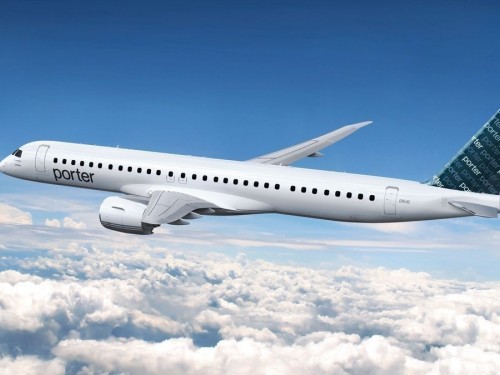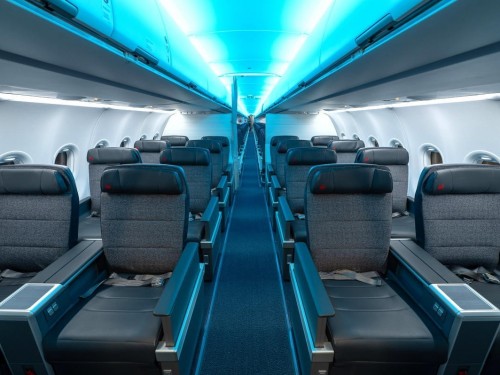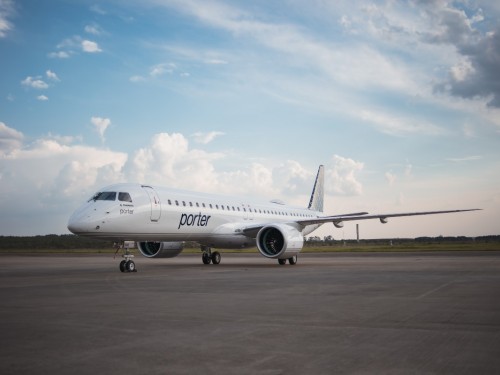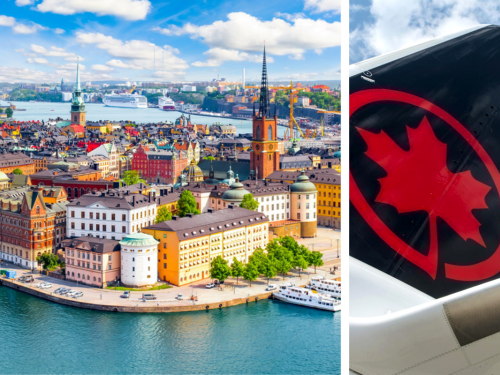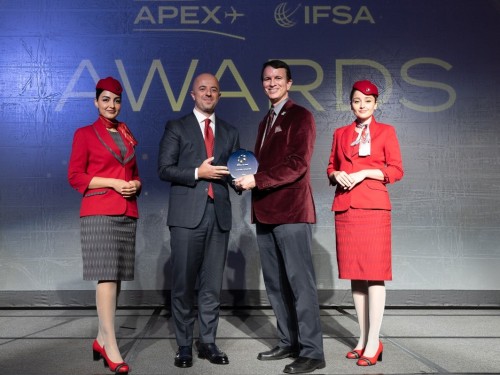5 things you need to know about the Lufthansa Group right now
- Air
- 06-18-2019 3:04 pm
- Michael Pihach
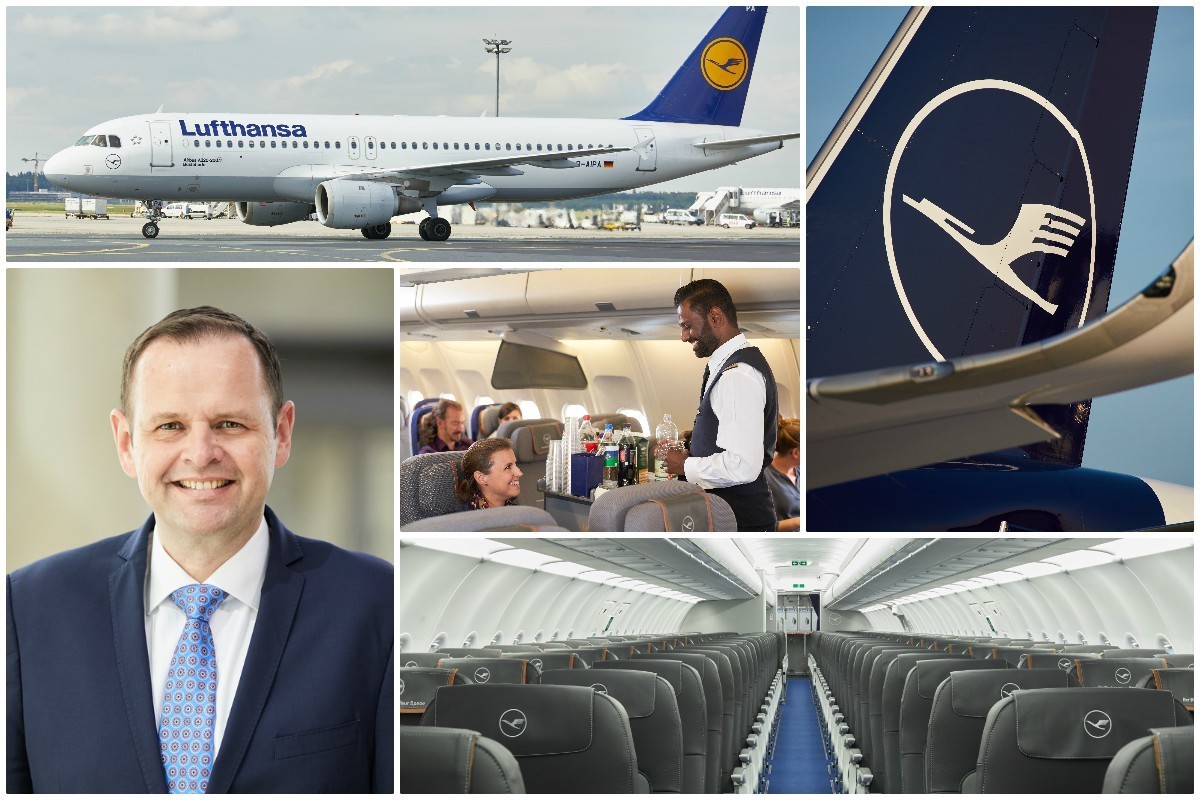

Michael Pihach
Michael Pihach is an award-winning journalist with a keen interest in digital storytelling. In addition to PAX, Michael has also written for CBC Life, Ryerson University Magazine, IN Magazine, and DailyXtra.ca. Michael joins PAX after years of working at popular Canadian television shows, such as Steven and Chris, The Goods and The Marilyn Denis Show.
Last year, 142 million people decided to fly with the Lufthansa Group (LHG), and 135,000 employees were in charge of making sure each passenger was looked after.
One of those employees was an Australian and French national named Frank Naeve, who started his career at Lufthansa 30 years ago in the company’s cargo division.
Over the years, Naeve quickly rose through the ranks, taking on a variety of managerial responsibilities and globetrotting positions in Singapore, Frankfurt and Shanghai.
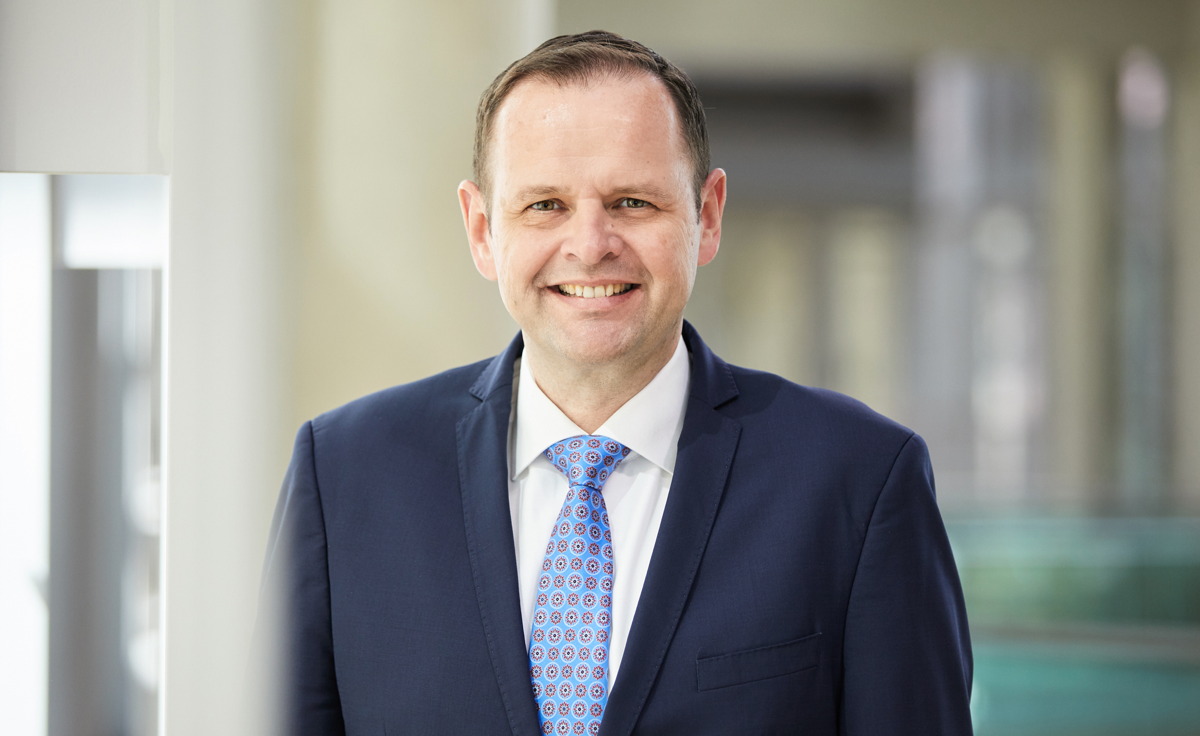
Today, he is LHG’s new vice president of sales for the Americas, responsible for sales of LHG's five different brands – that being Lufthansa, Austrian Airlines, Swiss International Air Lines, Brussels Airlines and Eurowings – in North and South America.
“We have a very strong presence in Canada with the market we service,” Naeve, just months into his new role, said at a recent press breakfast in Toronto alongside his LGH colleagues Tal Muscal, head of corporate communications, and Hans DeHaan, senior director for Canada.
Speaking with a select group of travel trade outlets, PAX included, Naeve said his goals include plans to “increase our footprint in the Americas” by linking new cities and increasing frequencies in LGH’s network, as well as improving LGH’s offer for customers in digital spaces.
But what is really on the minds behind the world’s largest airline alliance?
Here are five things we learned about the Lufthansa Group at that breakfast:
1. Canada is a leading market in the Americas
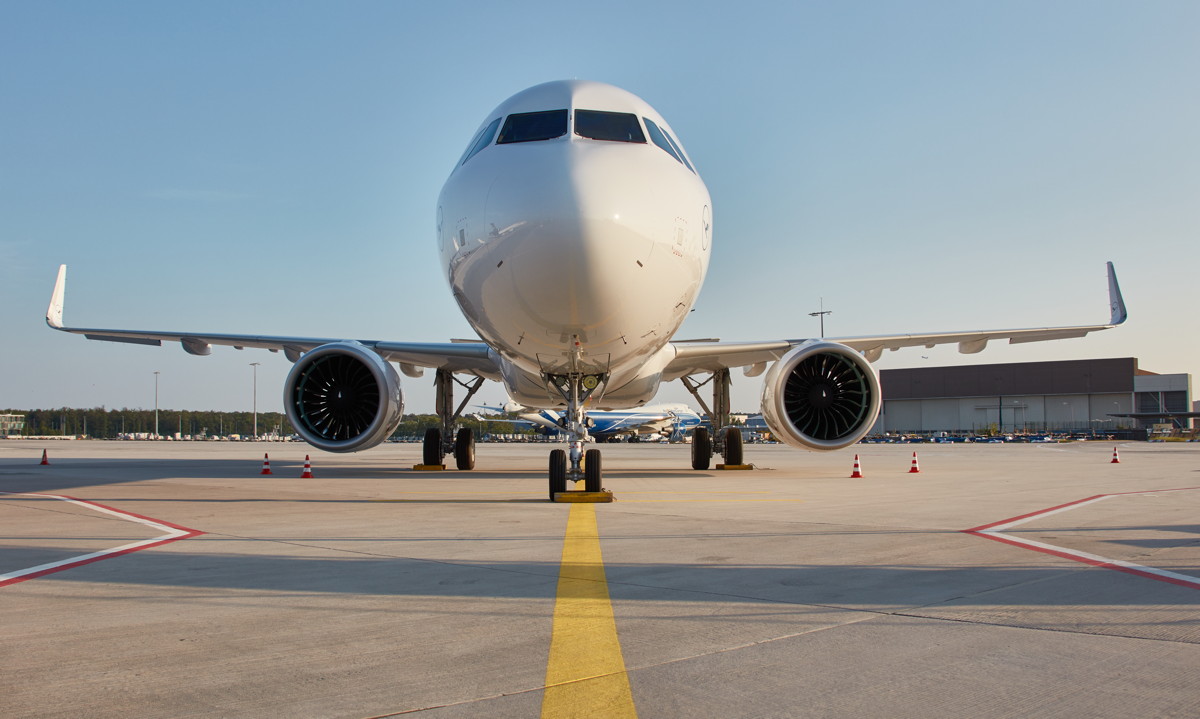
“Canada is one of our leading markets in the region and a very important player in our sales globally,” said Muscal.
LHG’s offerings are accessible countrywide thanks to 20-year-strong partnership with Air Canada.
The company’s five carriers connect Canadians to five European hubs (Frankfurt, Munich, Zurich, Vienna, and Brussels) while serving four of Canada’s biggest airports (YYZ, YUL, YVR and YYC). Lufthansa has, notably, added A350s to three routes out YYZ, YUL and YYZ, representing a significant upgrade in the market.
“That aircraft is unbelievable for passenger comfort,” DeHaan said. “It has a different pressurization in the cabin, which means you arrive in better shape.”
People, too, play an important role in LHG’s Canadian footprint. In addition to employing 1,200 people in Canada (including more than 360 staff in Peterborough, ON, home to Lufthansa InTouch), the company has a sales force of 20 reps who keep tabs on corporate accounts and travel agent training.
2. More than 200 new airplanes are coming
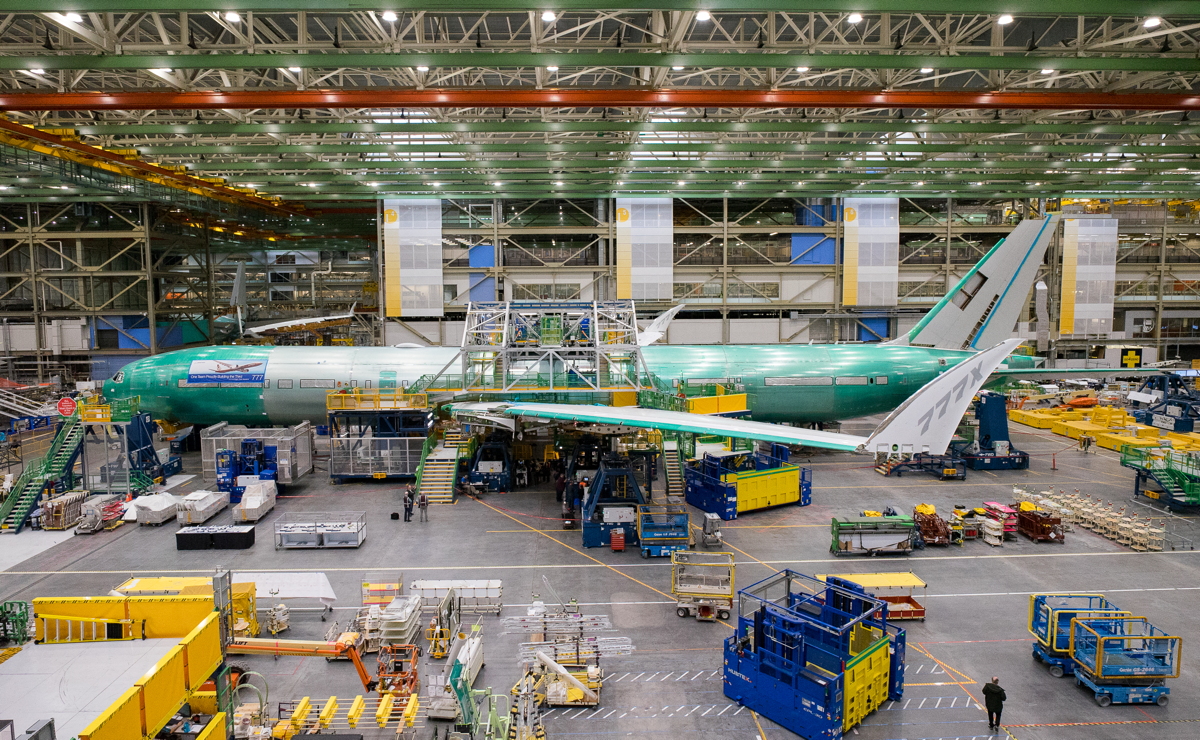
LHG has 221 new airplanes on order for delivery between now and 2027, costing a total of 43 billion USD, DeHaan said.
Among the new deliveries include more A350s, twenty 787-9 Dreamliners, and twenty 777-9Xs, a long-range, wide-body aircraft that features the new composite wings with folding wingtips. “It will come with a re-vamped business class product,” DeHaan noted. That model will replace the current 747-400s.
3. Cabin upgrades are happening as we speak
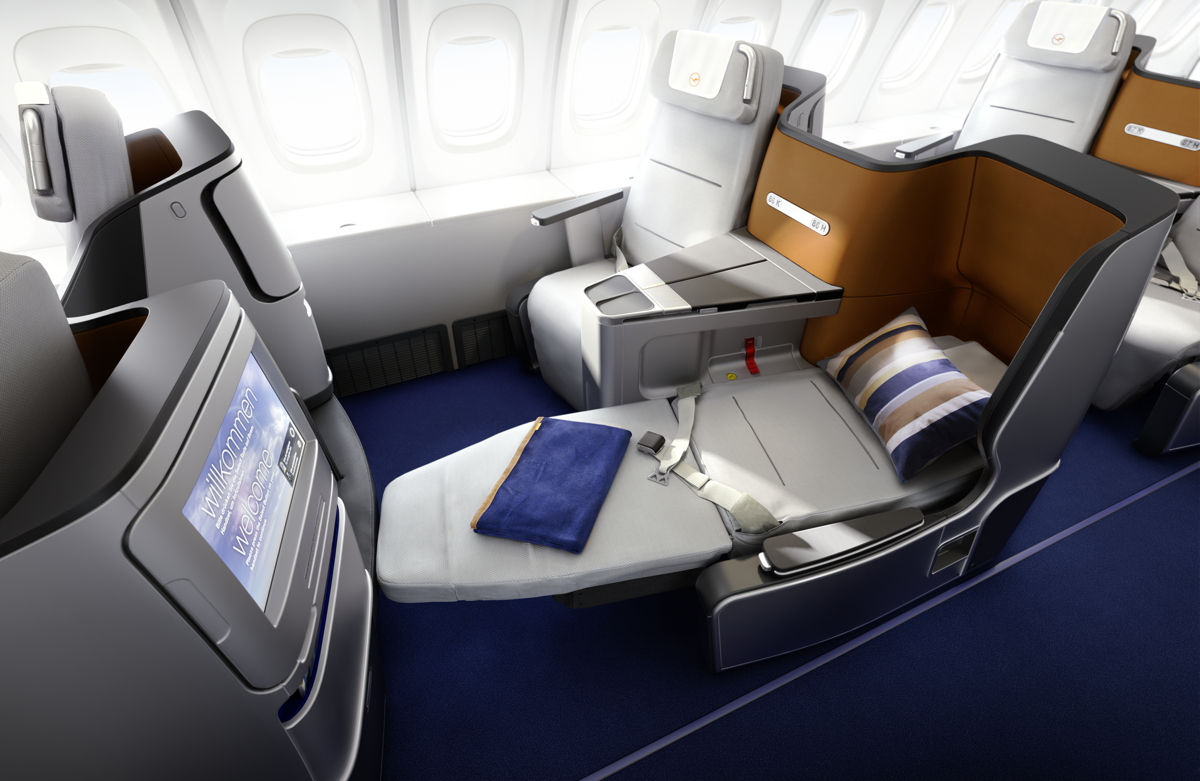
There is a “substantial investment” being made in the Lufthansa Group’s on-board product, Naeve said.
Case in point: Brussels Airlines just launched a new business class and recently introduced premium economy (joining Lufthansa and Austrian Airlines).
SWISS will introduce premium economy in 2021. “It’s extremely popular in terms of getting a better flight experience, better space,” Naeve said. The in-flight movie system has also been updated and now features more classics, such as old westerns and James Bond flicks. “It’s almost like you want the flight to be a little longer so you can get that third movie in there,” DeHaan said.
4. Artificial intelligence is not replacing human interaction entirely
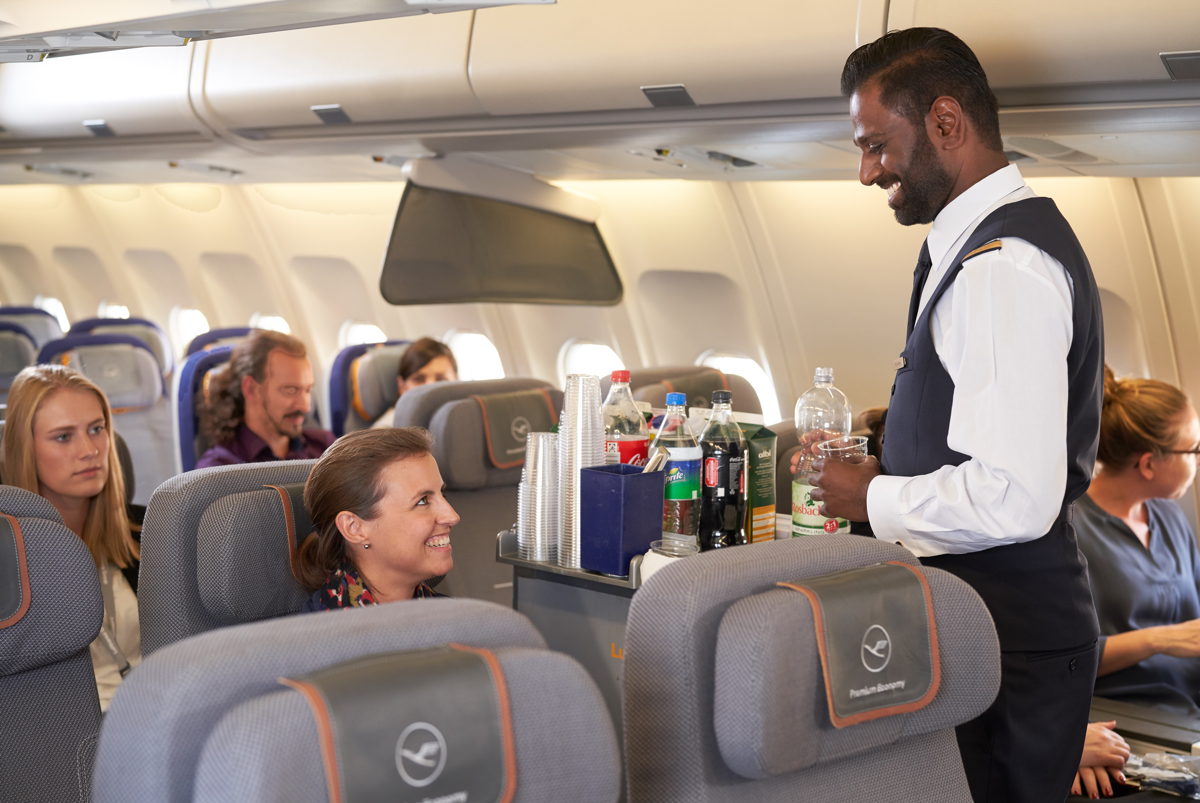
“The more you digitize, the more the human interactive becomes important,” said Naeve. “A lot of transactions can be digitized, which creates efficiencies. But that doesn’t mean the human interaction gets replaced.”
LHG has an innovation hub in Berlin where a number of apps have been developed to improve the passenger experience. However, artificial intelligence “is not a goal in and of itself” unless you’re delivering ideas that “add value to the customer effectively,” said Naeve.
While LGH has upgraded its interface to the point “where you don’t need a human being in front of you,” as Muscal explained, actual human interaction still remains a company priority.
“We very much pride our human interaction and service on board,” Muscal said, noting Lufthansa’s (the airline’s) five-star rating, according to Skytrax. The push for human interaction extends to the B2B space too. In LGH’s sales activities with travel agents, “Having a strong motivated sales force remains an integral part of what we want to do,” Naeve said. “That’s where you create value for your customers.”
5. Sustainability and social responsibility remain top of mind
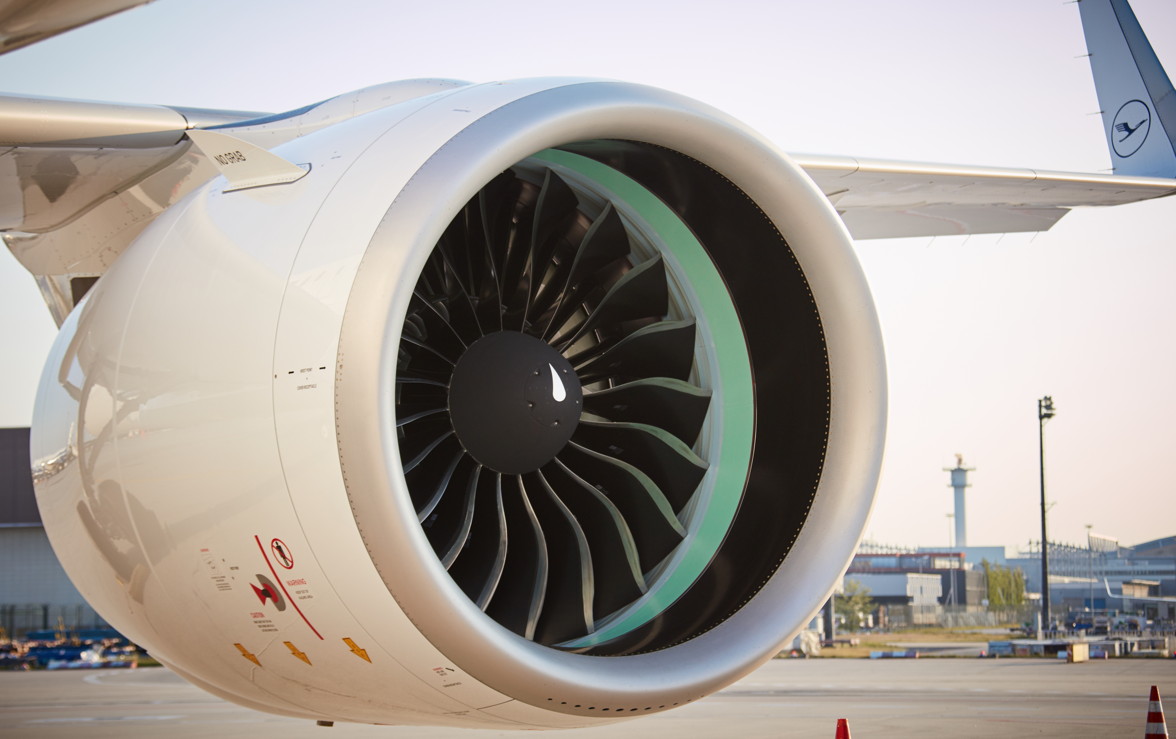
“One of the biggest things we can do is modernize the fleet,” said Naeve, speaking on the LHG's environmental initiatives. The company recently ordered 40 new generation A350s and B787s. “From the passenger experience, they’re great airplanes, but in terms of their reduced CO2 emissions, it’s a very positive impact,” said Naeve. Lufthansa is also aiming to be a 2.9 L engine carrier, down from 4L, over the next 10-15 years, and is transitioning to electric vehicles for its ramp operations on the ground, the team noted. Beyond that, last May, Lufthansa launched ‘help alliance Americas’ as a sub-organization of the longstanding aid organization, ‘help alliance worldwide,” which focuses on charitable outreach and local community projects. “We want to be part of society and make a positive contribution wherever we can,” Naeve said.
Don't miss a single travel story: subscribe to PAX today!
